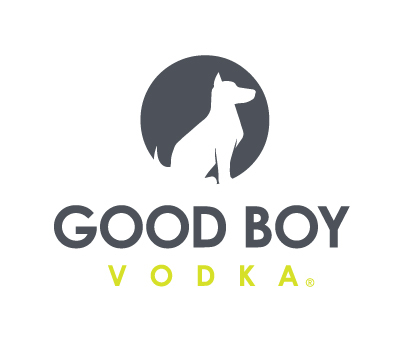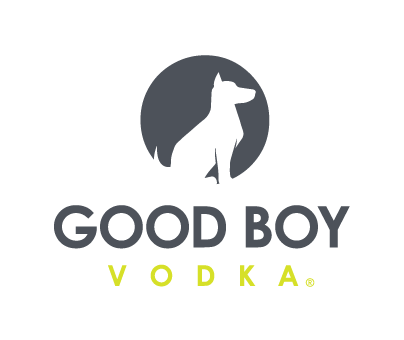Lancaster Fine Foods Finds Footing Post Chapter 11

Lancaster Fine Foods is having its phoenix moment.
Last year, the specialty condiment and fruit spread purveyor filed for Chapter 11 bankruptcy after a jury found they violated the federal Defend Trade Secrets Act, in allegedly copying and reproducing one client’s fig spread product for another vendor. The $2.2 million judgment — the company chose not to appeal, telling media it wanted to move on — came at a time when the manufacturer was feeling financial strain from the process of building out a new, larger facility. Under this pressure, Lancaster Fine Foods could have easily gone down in flames, but instead the company is rising from the ashes.
Scott Goldsmith, EVP of business development and a partner at the Pennsylvania-based facility, told NOSH that over the last year, the manufacturer has doubled its space, made several key hires and retained Sir Kensington’s as a customer even after its acquisition by Unilever. Not only did the company not lose any of its clients — including longtime customer Aunt Annie’s — amid these “difficult times,” but it actually increased its business revenues to $14 million last year and is on track to do $16 million this year, according to Goldsmith. If all continues to go as expected — and the company sticks to the trend of 20 to 30 percent year-over-year growth that it’s seen since its inception in 2008 — the company said Lancaster will emerge out of Chapter 11 this April.
So how did they pull this off? By streamlining and strengthening their business both operationally and financially, executives told NOSH.
The first step for the company was completing the move to its larger, $7 million facility. Its original facility was 40,000 square feet with only two lines and three kettles to produce condiments, dips, spreads and dressings. Now with over twice the space, the company can run five new, state-of-the-art lines and nine kettles.
“We knew we were going to risk losing our emerging brands that had grown if we didn’t increase our capacity,” Goldsmith said. “What’s new now is that we also have the ability to keep pace with their growth.”
Lancaster found their clients also wanted assistance with R&D and innovation. This meant investing in micro-kettles to run test batches as well as hiring dedicated team members for this aspect of the business.
Although the company did experience some employee restructuring, CFO Ryan Butzer told NOSH this was not due to the bankruptcy filing but rather came from a better understanding of what needed to happen in order to avoid past missteps. The company currently has 65 employees.
“It wasn’t a financial thing,” Butzer said. “It was more in keeping with our vision of being a leader within the specialty copacking world and wanting the people here that had the paper to hang on the walls.”
The company is also in the process of implementing cloud-based accounting and efficiency management system Netsuite to be more thoughtful about how it organizes its books.
As Lancaster Fine Foods works its way out of the red with these new efficiencies, Goldsmith said he is confident that the company will continue to grow and become even stronger than it was before its legal troubles began. Moving forward for 2018, he added that the company plans to “expand its strike zone,” increasing their knowledge base to broaden their presence into new specialty products and packaging.
For now, Goldsmith said the company is focusing on staying true to its roots and desire to give personal customer service, a characteristic that the company said has enabled them to not only stay afloat in choppy waters, but also to retain customers even as they grow — or get acquired by a larger, global organization.
“We want to continue to be innovative and be seen as a nimble, flexible copacker. One that provides customer service at a very high level,” Goldsmith said. “We want the business and we are still hungry.”
















